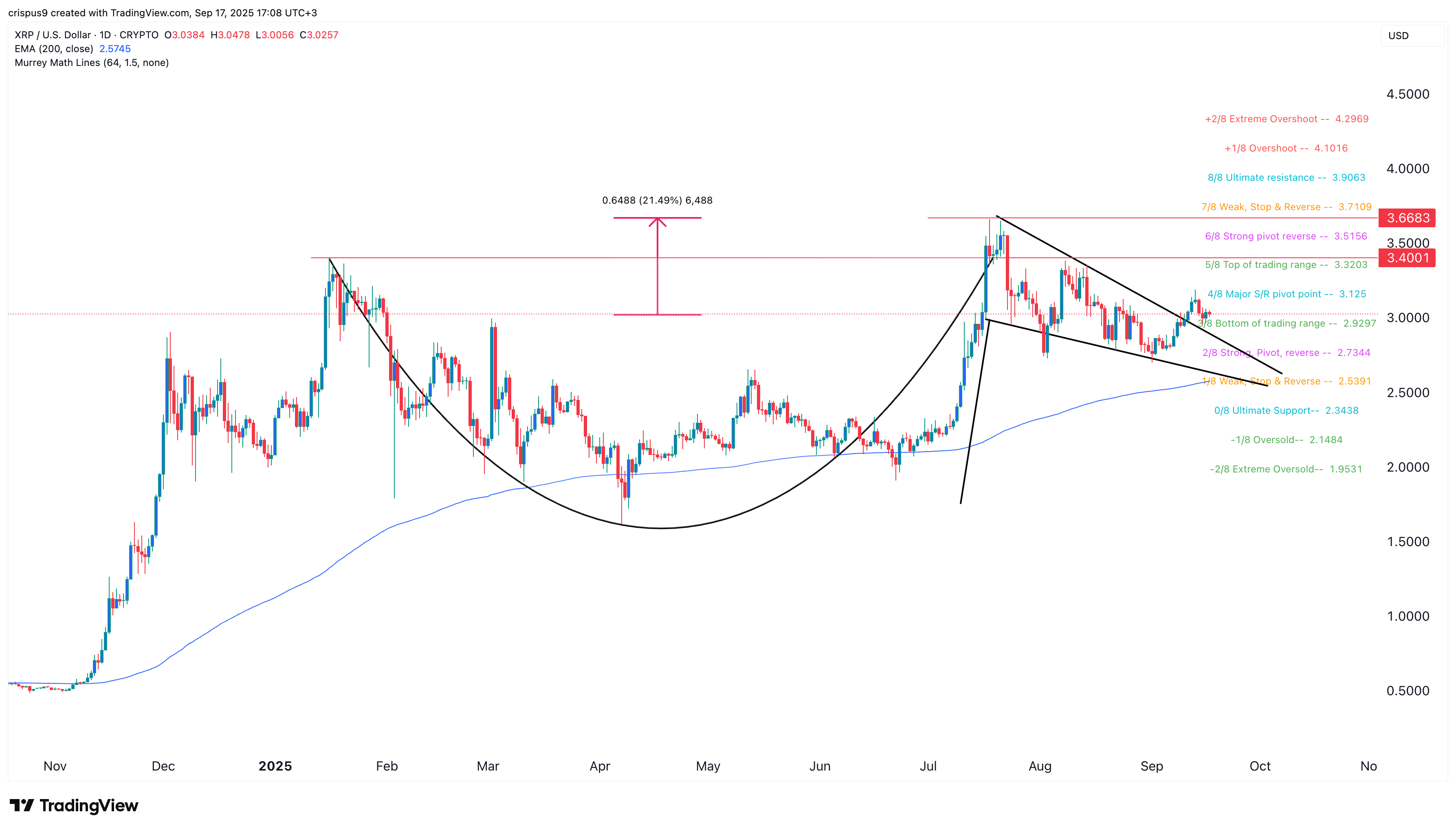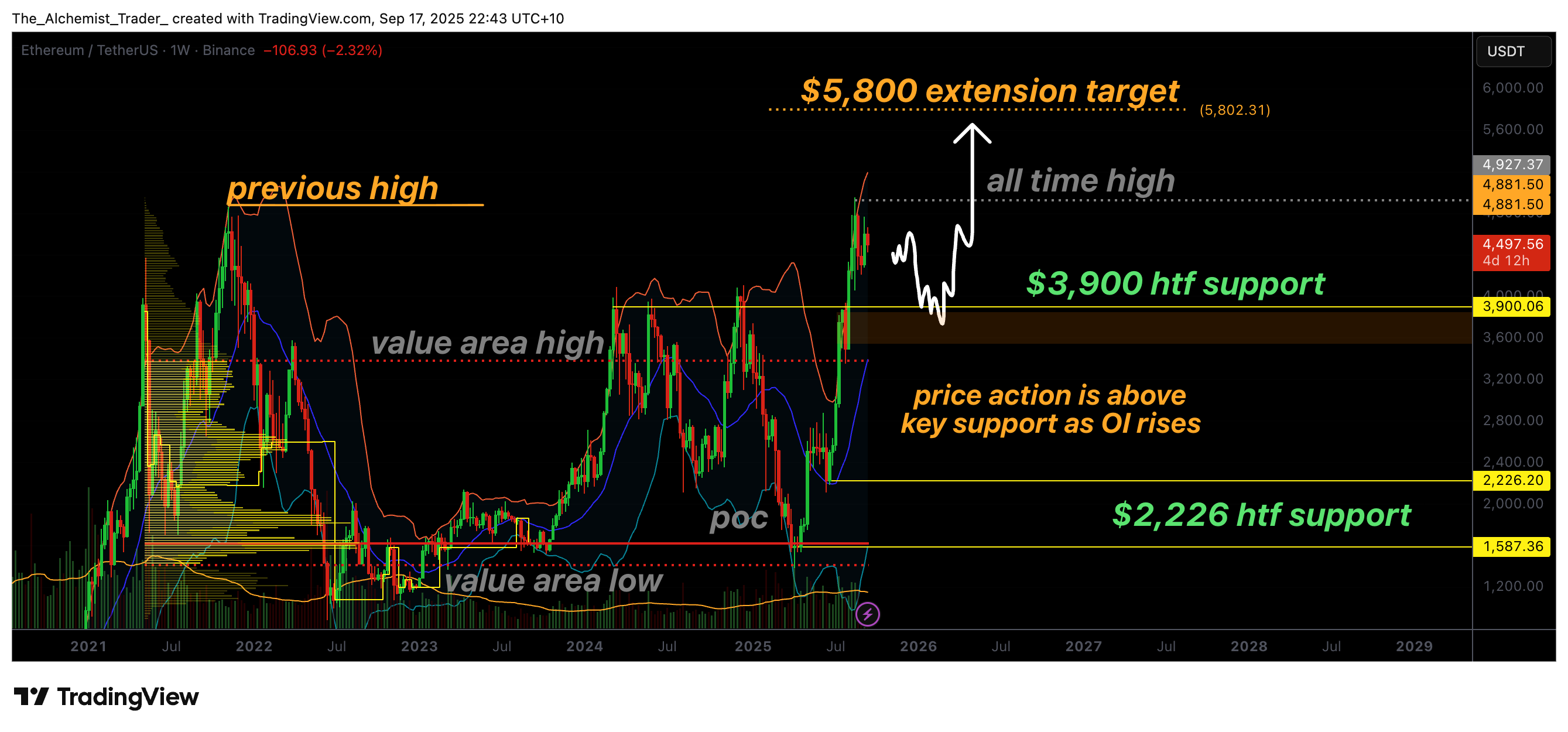Web3 loyalty programs: What’s holding them back?
Disclosure: The views and opinions expressed here belong solely to the author and do not represent the views and opinions of crypto.news’ editorial.
The advent of web3 presented an opportunity to change the world of customer loyalty programs. The idea was that by using blockchain technology, companies could offer tokenized rewards that give customers more control. No more points expiring, no more being stuck in one brand’s ecosystem—just pure freedom. At least, that was the promise. The reality? It’s a lot more complicated.
Visa, for example, launched its own web3 loyalty pilot in early 2024, trying to bring this idea to life. Yet, despite all the excitement, the problems with web3 loyalty programs are pretty clear: they’re hard to use, they’re often closed off, and they suffer from a huge issue with liquidity. Tokenized rewards sound great in theory, but what’s the point if they don’t have real-world value or can’t be easily used?
If web3 loyalty programs are going to work, they’ll need to solve these key problems. While a potential fix—something called “Universal Direct Redemption”—is on the horizon, we’re not there yet.
The promise of web3 rewards
When web3 loyalty programs first appeared, the vision was straightforward: create a new type of reward system where customers actually own their rewards. Instead of points that expire or can only be redeemed for certain things, tokenized rewards would be flexible and transferable. Customers could trade or sell rewards or use them across multiple platforms. Sounds like a dream, right?
In theory, web3 rewards would let customers cash in their rewards whenever and however they wanted. Own your tokens, use them freely, and get away from the restrictions of traditional loyalty programs. This should’ve been a win for both customers and businesses. Businesses would build deeper relationships with their customers, and customers would feel more engaged and in control.
But that’s not exactly what’s happening. Sure, tokenized rewards might sound like they offer more flexibility, but in practice, many of these programs are just as limiting as their traditional counterparts. A lot of them still trap users in closed ecosystems. And even when they do allow you to trade tokens, the process is so complicated that it’s more trouble than it’s worth.
The biggest issue with web3 loyalty programs is that they’re just too difficult for most people to use. Let’s face it: Web3 technology isn’t user-friendly. If you’ve ever tried to manage a web3 wallet, deal with gas fees, or navigate a decentralized exchange, you know it’s not exactly smooth sailing. These platforms demand a lot of technical know-how that most customers simply don’t have.
Even web3 veterans find the process clunky at times. Setting up wallets, transferring tokens, managing private keys—it’s a lot. So when you take a casual user who’s used to traditional loyalty programs, asking them to switch over to this more complicated system is a huge ask. And if something is too complicated, people just won’t use it.
The whole point of web3 loyalty was to offer more flexibility and ease of use. But right now, using tokenized rewards isn’t easier than collecting airline miles or cashback points. It’s more complicated, with more steps and more headaches. Until web3 loyalty programs figure out how to streamline the user experience, they’re going to struggle to win people over.
Liquidity in web3 loyalty programs
Then there’s the issue of liquidity. In traditional loyalty programs, your points have value because you can exchange them for something: a flight, a free meal, or a discount on your next purchase. In web3 loyalty programs, tokens are supposed to work the same way—except they don’t always have the same kind of value.
Liquidity, in this context, refers to how easily a token can be redeemed for something useful. They don’t hold much value if you can’t spend your tokens on things you want or need. The problem with many tokenized rewards is that they lack this liquidity. Yes, in theory, you can trade or sell your tokens, but if there aren’t enough platforms or brands accepting those tokens, their value drops significantly.
Take Visa’s 2024 web3 loyalty pilot, for example. It’s an exciting step forward, but even Visa—a massive player—faces the same liquidity issues. Tokens need to have real value and utility, and that’s only possible if there’s enough demand for them.
Right now, many web3 loyalty programs don’t have enough partners or platforms where tokens can be spent. And even when they do, the process of exchanging or redeeming those tokens is often so complicated that most customers don’t bother.
Some programs have tried to create liquidity by listing tokens on decentralized exchanges or setting up liquidity pools. However, these methods often create short-term liquidity that fades over time, especially if the token doesn’t have ongoing utility. This is a huge challenge for brands trying to make tokenized rewards work in the long run.
One potential solution to the liquidity problem is universal direct redemption. The idea here is pretty simple: instead of going through the hassle of trading or transferring tokens, users would be able to use them directly for the products they want—no need to exchange.
For example, if you’re hungry for pizza, instead of trying to exchange your game rewards for some pizza tokens and then taking the pizza tokens to a pizzeria, you could just walk up to the pizzeria and use your game rewards directly for a slice of pizza. There are no complicated exchanges, just direct redemption.
By allowing users to skip the exchange process, universal direct redemption could make tokenized rewards a lot more practical. This could help keep the value of these tokens high because users would actually be able to spend them on things they want without jumping through hoops. It’s a way to reduce friction and improve the overall usability of web3 loyalty programs.
Plus, by offering real and useful redemption options, universal direct redemption could help create more sustainable liquidity. Instead of relying on artificial demand—like listing tokens on an exchange—brands would provide ongoing value to their customers by giving them practical ways to use their rewards.
Despite current impediments, web3 loyalty programs are full of potential, and with big names like Visa experimenting with blockchain to make these programs work at scale, consumers could see real change sooner than we think.
Solutions like universal direct redemption could be game-changers by letting customers redeem rewards directly and simply. Think about all those unused airline miles, just waiting to be freed.





